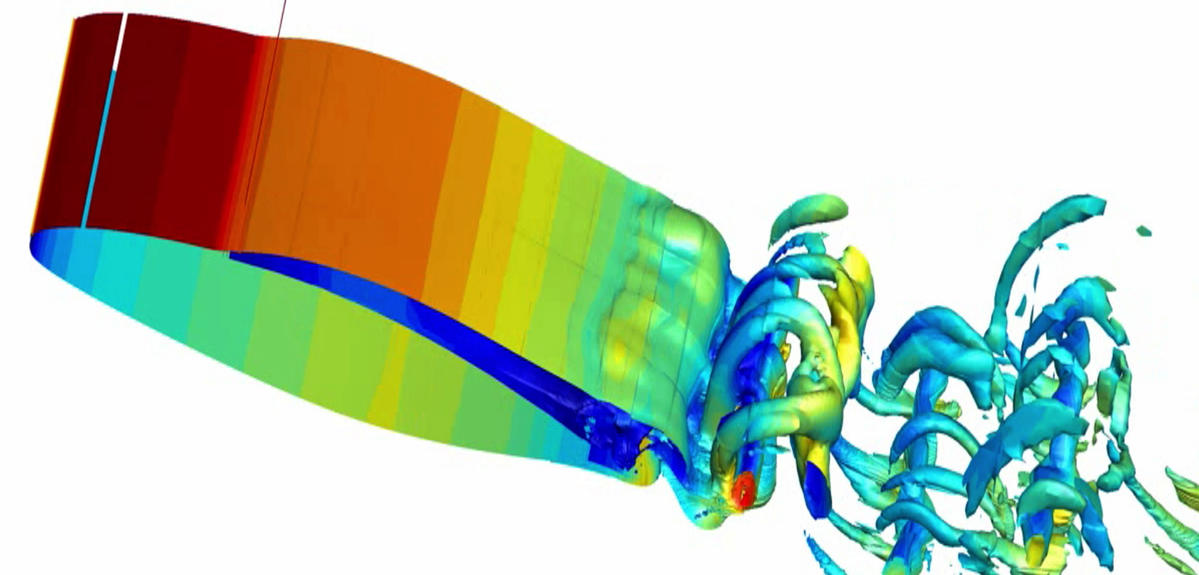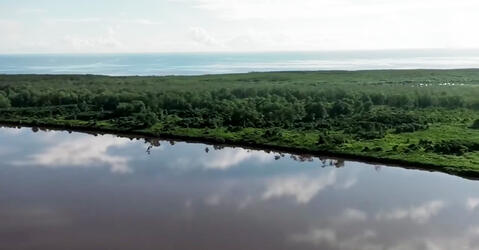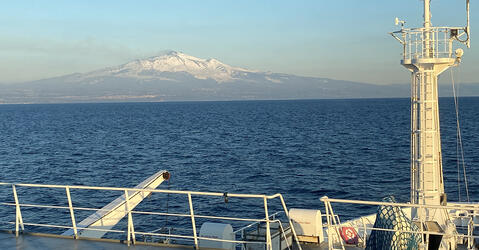You are here
Transcript
Close
The wings of the future
11.13.2015
To build the airplanes of tomorrow, researchers are turning to Nature for inspiration. But how can we copy a bird's muscles, feathers and brains? With electroactive morphing, piezoelectric turbulence control and real-time feedback loops.
About this video
Original title:
Wings of the future
Production year:
2015
Length:
7 min 10
Director:
Claude Delhaye
Producer:
CNRS Images
Speaker(s) :
Marianna Braza
CNRS senior researcher
Institut de Mécanique des Fluides de Toulouse
CNRS / Université Toulouse Paul Sabatier/ Coordinator of the Morphing projects at the SMARTWING platform.
Jean-François Rouchon,
University Professor, Institut National Polytechnique de Toulouse
Director of the ENSEEIHT, École nationale supérieure d'électrotechnique, d'électronique, d'informatique, d'hydraulique et des télécommunications
Laboratoire Plasma et Conversion d’Energie (LAPLACE)
CNRS / Université Toulouse Paul Sabatier /
Karl-Joseph Rizzo
Postdoctoral fellow in electrodynamics and aerodynamics.
Christophe Cros
Airbus engineer, Emerging Technologies and Concepts - Toulouse
CNRS senior researcher
Institut de Mécanique des Fluides de Toulouse
CNRS / Université Toulouse Paul Sabatier/ Coordinator of the Morphing projects at the SMARTWING platform.
Jean-François Rouchon,
University Professor, Institut National Polytechnique de Toulouse
Director of the ENSEEIHT, École nationale supérieure d'électrotechnique, d'électronique, d'informatique, d'hydraulique et des télécommunications
Laboratoire Plasma et Conversion d’Energie (LAPLACE)
CNRS / Université Toulouse Paul Sabatier /
Karl-Joseph Rizzo
Postdoctoral fellow in electrodynamics and aerodynamics.
Christophe Cros
Airbus engineer, Emerging Technologies and Concepts - Toulouse
Recent videos
Video





